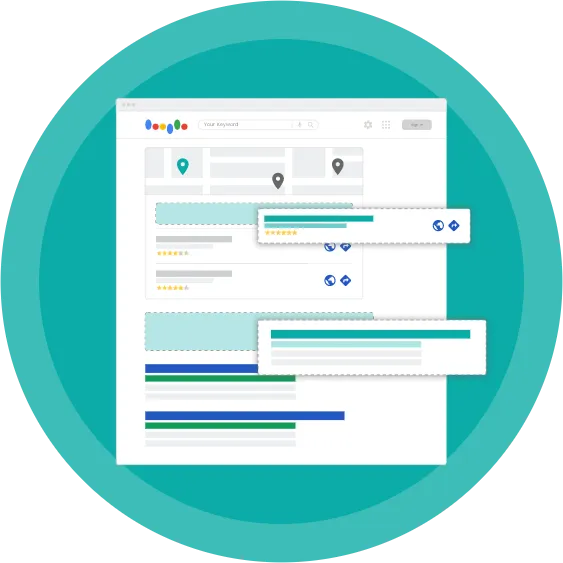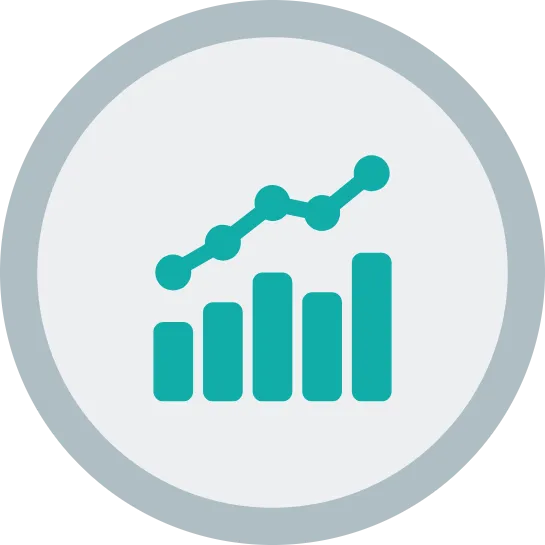Start Seeing Your
Business on the Front Page


Keyword Research
Keyword research is the process by which you research popular search terms people type into search engines like Google, and include them strategically in your content so that your content appears higher on a search engine results page (SERP). Keyword research is a fundamental practice in search engine optimization (SEO).

Google Business Profile
Google My Business (GMB) is a free, multi-featured business listing that local businesses can use to manage their presence on Google Search and Google Maps. A Google My Business listing is not unlike listings on online business directories such as Yelp, but it’s found directly in Google and Google Maps search results, and therefore doesn’t require a visit to a third-party site.

Keyword Relevancy
One of the primary ranking factors for Google is relevance. The term "keyword relevance" refers to the importance of a certain keyword, phrase, or search term to a web page. Relevancy is how Google and other search engines determine what your content is all about. It’s how the search engine giants decide which terms your page will rank for when there's a user query. In 2021, just randomly integrating keywords into your page won't cut it; you must offer valuable information that matches and expands on a user’s search terms.

Technical Improvements
A technical SEO audit, also called a technical site audit, is a type of SEO audit. Technical SEO audits test and check your website’s backend elements, like your page speed, index status, crawlability, and more, so you can find and fix issues affecting your SEO.

Conversion Optimization
In order to optimize for conversion rates, you have to know where, what to optimize, and who to optimize for. This information is the cornerstone to successful CRO strategies. If you don't gather data, then you're left making changes based on gut feelings alone. Guts are awesome! But making decisions on just gut feelings instead of rooting assumptions in data can be a waste of time and money.

Listings & Links
When other websites with relevant content and high domain authority link back to your site, they are letting Google, or other search engines, know your site is a trusted authority on a particular subject. When it comes to local SEO, citations are also super important.
They help tell Google exactly where you’re located. Which in return increases the chances of Google returning your listing for relevant local searches.

KPI's & Reporting
It is critical that the marketing agency you work with has integrity in the data that they are presenting you. It needs to be accurate, consistent, and understandable for you to understand what's happening with your business. At Leadgenix, we use a central dashboard to show you the primary metrics like lead growth and other conversions, along with secondary metrics that have importance, but don't ultimately lead to the answer of how well we're performing.

Our Promise
Our client promise aligns with the promise we make to those we work alongside with everyday - Be A Human. We know life happens, stuff comes up, and plans need to change, and we make sure it's engrained in our company culture to always treat each other with understanding, compassion, and respect.

